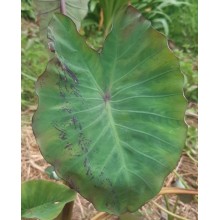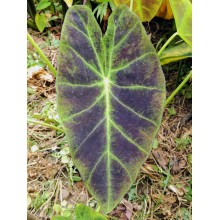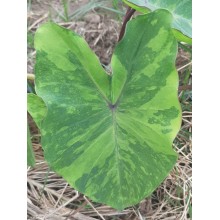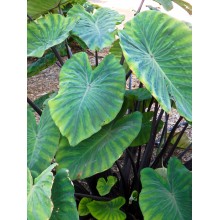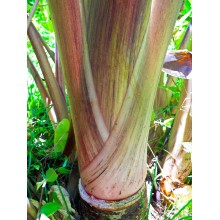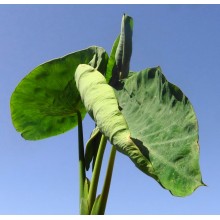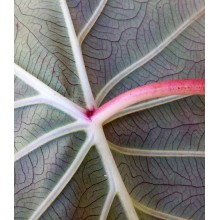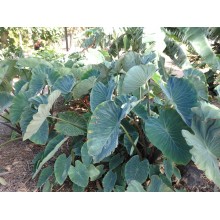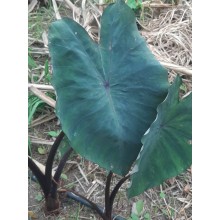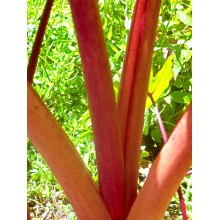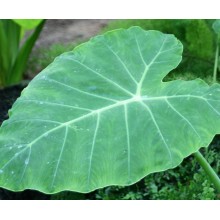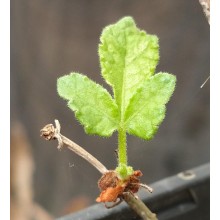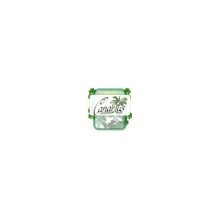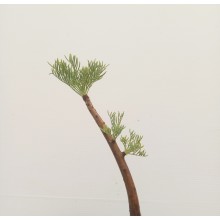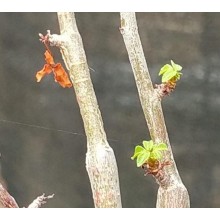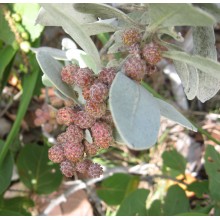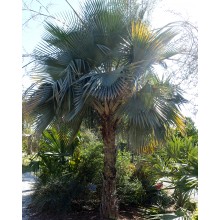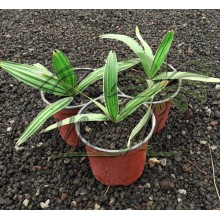General Plants There are 1883 products.

If you like exotic plants, you just came to the right place. Canarius offers the hard-to-find exotic plants which are seldom available in garden centres. Our shop has natural species as well as rare hybrids. We offer exotic plants from the Canary Islands.
Orders are sent to anywhere in Europe and also worldwide. Parcels will reach your home in a few days after shipping (but we also need some days for processing). Feel free to contact us if you have any questions.
Subcategories
-
Succulents
World deserts and dry areas are home to the most interesting plants. Canarius offers an increasing selection of succulent plants of maximum quality, because they are grown outdoors, under the full sun of the Canary Islands.
Succulents or "fat plants" are water-retaining species, adapted to dry conditions. They store succum (juice, water) in their leaves, stems or roots, and often show a stout and fleshy appearance.
-
Exotics
Exotic plants are species from other parts of the world, and they usually have ornamental qualities: a lush foliage, colorful flowers, unusual shapes... Here you can find a great variety of exotic plants: from Bromeliads and Heliconias, to pamls and houseplants.
Exotic plants do not have a particular use. Collectors buy this kind of plants for their rarity, for indoor or outdoor decoration, depending on their features.
-
Fruit, Herbs & Medicinals
Fruit, Herbs & Medicinal plants are focused on getting a better health. In this section, each type of plant produce healthy effects, both fruit trees (Feijoa, Pineapple, Fina de Jete...) and plants for health, such as Graviola, Aloe vera, Callisia fragrans...
In the normal metabolism of all living beings, the organism produces some substances from nutrients latent in the environment; some of these chemicals are part of the process in all (or almost) sort of species. Normally, the useful compounds are concentrated in some of its parts: leaves, seeds, flowers...
Find out your advisable plant and buy it online!
-
Special
On canarius.com we try to remove limits in the field of botany. On our online store we try to facilitate the purchase/sale of plants to anywhere in the world. That's why, we grow from the most common species to the most special plants, as we can see in this section.
-
Colocasia esculenta 'Illustris'
Colocasia esculenta 'Illustris'
Colocasia 'Illustris' is an old classic of tropical gardening. It produces very elegant narrow leaves with dark purple markings and thick veins. Its origin is unknown, but it was first described in 1873 as Alocasia illustris by the renown nurseryman William Bull, in England. A longer, more complete name would be Colocasia esculenta var. antiquorum...
22,00 € -
Colocasia esculenta 'Lime Aide'
Colocasia esculenta 'Lime Aide'
This cultivar of taro is highly ornamental because of an elegant pattern of greens shown on leaves.
34,40 € -
Colocasia esculenta 'Mana Ele Ele'
Colocasia esculenta 'Mana Ele Ele'
This Polynesian crop is also an incredible ornamental, with bold thick leaves and truly black leafstalks.
44,50 € -
Colocasia esculenta 'Manini 'Owali'
Colocasia esculenta 'Manini 'Owali'
Hawaiian taros are both traditional food and showy ornamentals. 'Manini Owali' has leaf stalks streaked in black and different colours. Leaves are green. Crop cycle is fastleaf stalks
32,30 € -
Colocasia esculenta 'Ñame Blanco' - Taro, Ñame
Colocasia esculenta 'Ñame Blanco' - Taro, Ñame
Taro is the edible corm of a spectacular plant that can be grown in damp soil or in the water. It has huge exotic foliage. This variety named Ñame Blanco is traditionally grown in the Canary Islands.
27,40 € -
Colocasia esculenta 'Pii Alii'
Colocasia esculenta 'Pii Alii'
This taro shows an unusual leaf shape, as the sides of each blade are curled upwards. It is quite productive; its corms have a reddish skin and harvest time is 8-12 months.
32,00 € -
Colocasia esculenta 'Pink China'
Colocasia esculenta 'Pink China'
This is said to be the cold-hardiest or one of the most resistant of all edible taros. It is also ornamental, with pinkcolour in the leaf petioles and main veins.
20,30 € -
Colocasia esculenta 'Pololu'
Colocasia esculenta 'Pololu'
Leaves are green, leaf stalks are matte, often tinged with a pinkish.brownish hue. It is used in polynesian cuisine to prepare a "fairly good poi".
35,50 € -
Colocasia esculenta 'Ula'ula Kumu'
Colocasia esculenta 'Ula'ula Kumu'
This is one of the most beautiful taros! Bright pink leaf stalks hold green leaves. Corms are used in traditional polynesian cuisine both for Poi and for Table use, steamed, baked, fried or boiled.
32,30 € -
Colocasia gigantea
Colocasia gigantea
Colocasia gigantea, also called giant elephant ear or Indian taro, is a 1.5–3 m tall herb with a large, fibrous, inedible corm, producing at its apex a whorl of large leaves.
32,00 € -
Commiphora boranensis
Commiphora boranensis
Fairly uncommon in cultivation, this mhyrr shrub to 6 m tall has pinnate leaves, often with 3 or 5 segments and dark, peeling bark with copper tones. Commiphora boranensis is native to in the desert or dry shrubland in Eastern Africa.
48,30 € -
Commiphora holtziana Sagalla
Commiphora holtziana Sagalla
This mhyrr grows as a shrub to small tree. Its flaking bark has an uncommon grey-blue colour, while its young branches are dark brown.
48,70 € -
Commiphora kraeuseliana
Commiphora kraeuseliana
Very elegant, short-growing mhyrr from open rocky areas in Northern Namibia, Commiphora kraeuseliana is a small deciduous shrub, densely and regularly branched.
94,60 € -
Copernicia hospita
Copernicia hospita
Copernicia is a palm which is endemic to Cuba.The fan-shaped leaves are 1.5 to 2 m wide and are wedge-shaped circular. They are divided into many rigid segments. The ends of the segments are slightly hanging.
42,20 € -
Copernicia rigida 15-20 cm - Cont. 14 cm - 3 years
Copernicia rigida 15-20 cm - Cont. 14 cm - 3 years
10-15 cm - Cont. 12 cm - 2 years. Unusual palm with wedge-shaped upright leaves. Copernicia rigida is native to Cental-Eastern Cuba, in serpentine savanna or scrub.Trunk is gray, up to 15 m (50 ft) tall with a dense compact crown of stiff, erect, wedge-sh
36,70 €
At the moment there are few products in this category General Plants




















